BCS Foundation Certificate in Business Analysis
Fundamental Concepts, Principles, Methods, Techniques and Tools in Business Analysis Select Course Date and Time Based on Your Convenience!
- Instructor-led, Online
- Course Category: Business Analysis, Certification, BCS, Foundation
GBP
250
Instructor-led, Online
Duration: 18 Hours
Course Code: TXV-BCS-BAF1
Skill Level: Beginners
BCS Foundation Certificate in Business Analysis
Overview
Business analysis today is less of writing requirements in long documents and more of working with the design and development team and other internal and external stakeholders. Business analysts today have to do multi-tasking across different levels and roles, from writing user stories to creating wireframes and mockups and from modelling problems and solutions to validating and testing the functionality. The modern day business analysis professionals should be agile, suave and tech savvy and need to be adaptive and quick to embrace change, not just to survive but to succeed. Take the TEXAVI course on BCS Foundation Certificate in Business Analysis Masterclass to gain that competitive advantage, learn real-world insights, first hand from industry professionals and turbo boost your career potential!
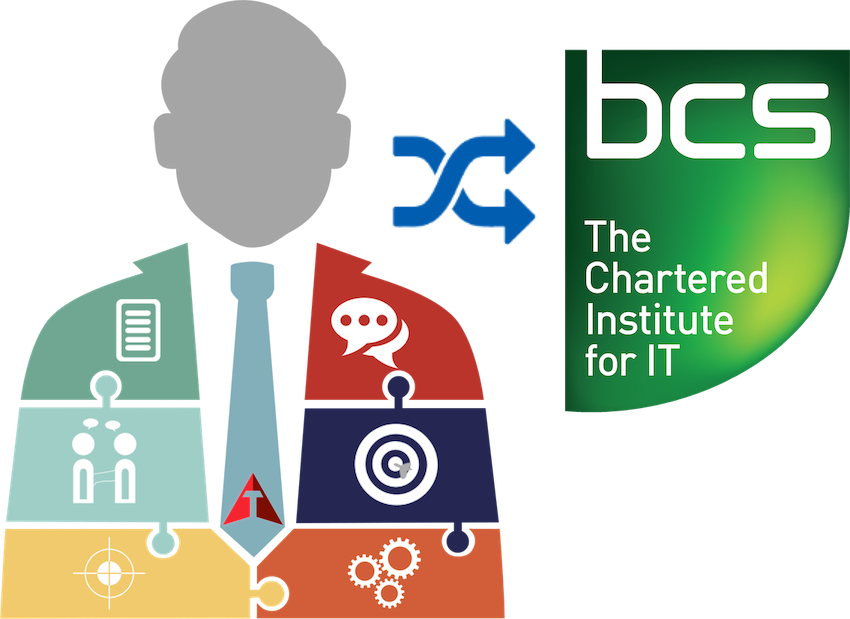
Who can attend?
- Anybody with or without work experience
- IT professionals (eg., Developers, testers) considering a move to BA role
- Non-IT people who want to learn IT skills thinking of a career switch
- Graduates and university students who aspire to get into IT industry
- Students who have just passed their B. Tec, A-Levels or college studies
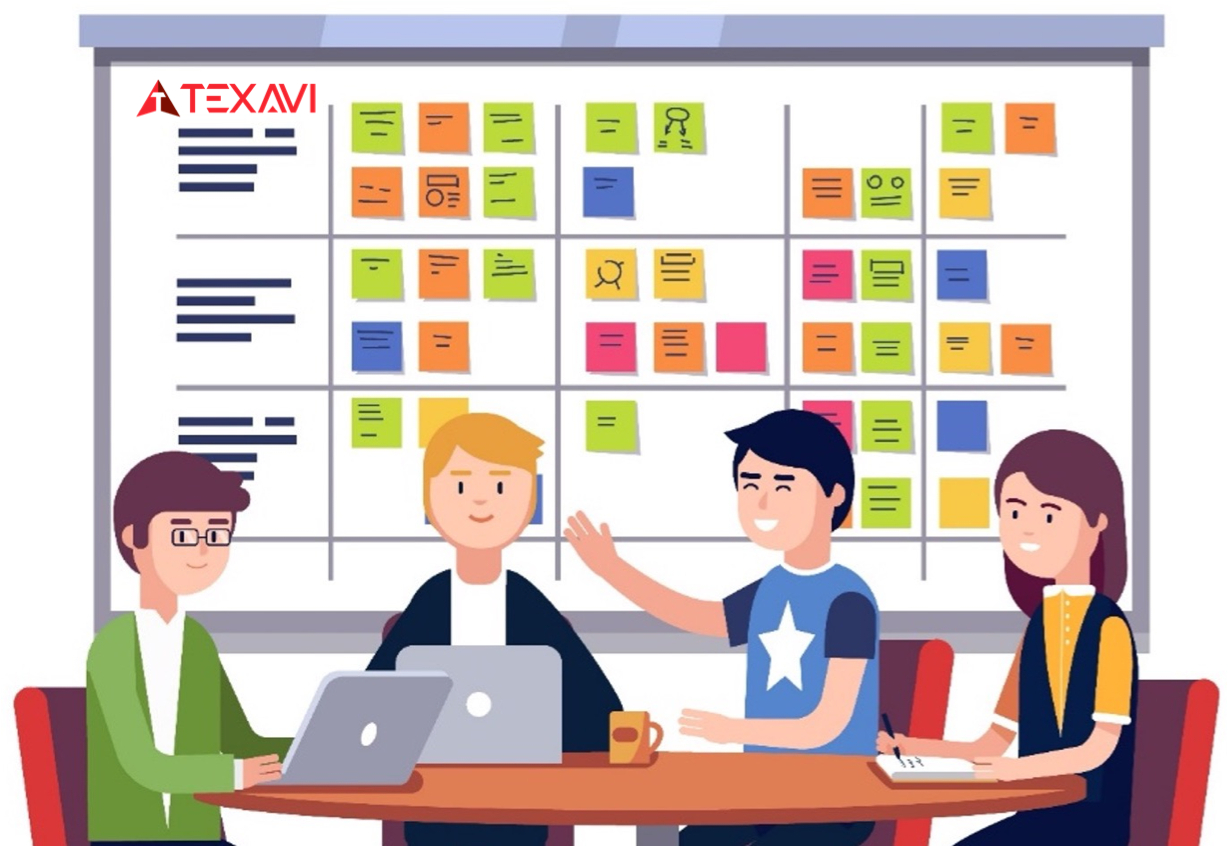
- Anybody with or without work experience
- IT professionals (eg., Developers, testers) considering a move to BA role
- Non-IT people who want to learn IT skills thinking of a career switch
- Graduates and university students who aspire to get into IT industry
- Students who have just passed their B. Tec, A-Levels or college studies

COURSE OUTLINE
-
Module 1: Introduction to Business Analysis
-
Module 2: Competencies of a Business Analyst
-
Module 3: Strategic Context for Business Analysis
-
Module 4: Business Analysis Service Framework
-
Module 5: Investigating the Business Situation
-
Module 6: Analysing and Managing Stakeholders
-
Module 7: Improving Business Services and Processes
-
Module 8: Defining the Solution
-
Module 9: Making the Business Case
-
Module 10: Establishing the Requirements
-
Module 11: Documenting and Modelling Requirements
-
Module 12: Validating and Managing Requirements
-
Module 13: Delivering the Requirements
-
Module 14: Delivering the Business Solution
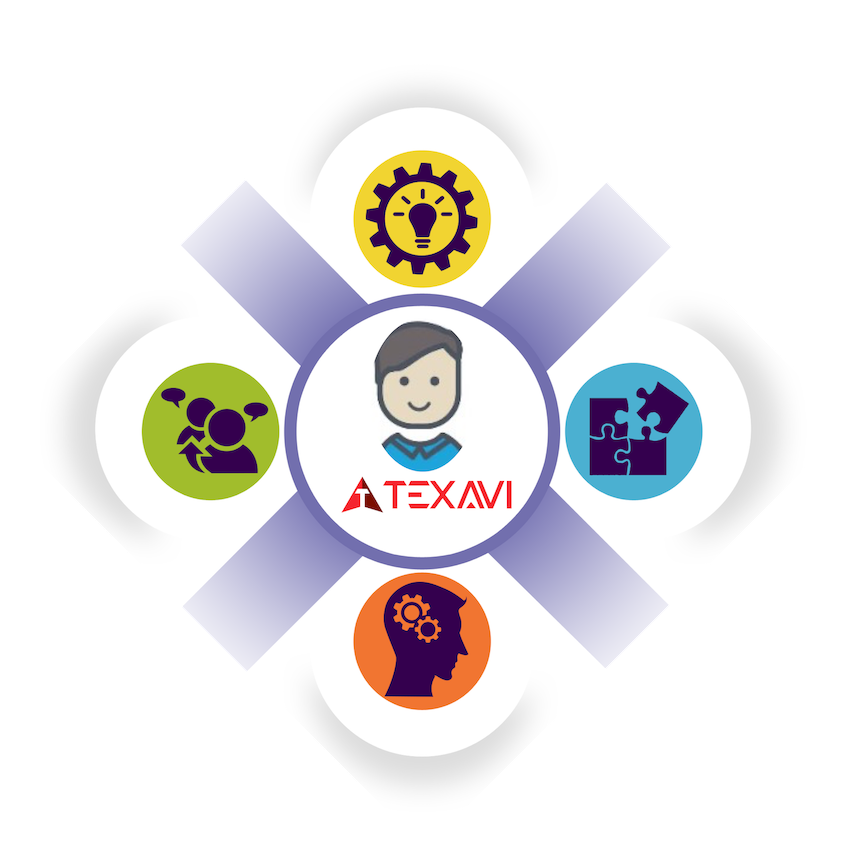
What will you learn?
By the end of this course, you will be able to:
-
Describe the business change lifecycle
-
List the core principles of business analysis
-
Describe the different names and forms of business analyst role
-
Explain the concept of T-shaped Professional (horizontal and vertical)
-
Identify the three areas of business analysis competency
-
Describe business analysis and the strategic context
-
Highlight the factors assessed using PESTLE to analyse an external environment
-
Identify the elements of the VMOST technique used to analyse an internal environment
-
Definer an internal resource audit and its use in assessing the internal environment
-
Describe the elements of performance measurement
-
Discuss the structure of a SWOT analysis
-
Describe the techniques used in strategy execution
-
Explain the use of POPIT model
-
Discuss the purpose and application of business model canvas
-
Identify the following services in the Business Analysis Service Framework (BASF)
-
Situation investigation and problem analysis
-
Feasibility assessment and business case development
-
Business process improvement
-
Requirements definition
-
Business acceptance testing
-
Business change deployment
-
Stakeholder engagement
-
-
Discuss different investigation methods and techniques
-
Define interviews and describe their significance in investigation
-
Discuss advantages and disadvantages of interviewing
-
Define workshops and describe their significance in investigation
-
Discuss advantages and disadvantages of workshops
-
Define observations and describe their significance in investigation
-
Discuss Advantages and disadvantages of observation
-
Highlight the differences between formal observation and shadowing
-
Define scenarios and describe their significance in investigation
-
Discuss advantages and disadvantages of scenarios
-
Define prototyping and describe its significance in investigation
-
Discuss advantages and disadvantages of prototyping
-
Define user role analysis and describe its significance in investigation
-
Discuss advantages and disadvantages of user role analysis
-
Explain how user profiles and personas are used in product development
-
Define quantitative approaches and describe their significance in investigation
-
Surveys or questionnaires
-
Activity sampling
-
Document analysis
-
-
Describe the diagrammatic techniques used to record a business situation
-
Explain how rich pictures can be used as an effective diagramming technique
-
Explain how mind maps can be used as an effective diagramming technique
-
Identify stakeholder categories using the stakeholder wheel
-
Describe the techniques to analyse stakeholders
-
Discuss the use of Stakeholder Power/Interest grid (PI-grid)
-
Describe stakeholder roles and responsibilities using RASCI Matrix
-
Explain the business process hierarchy
-
List the techniques used to model the enterprise level processes
-
Discuss the use of SIPOC for process modelling
-
Elaborate on the application of Value chain analysis for process modelling
-
Explain the use of Value propositions for process modelling
-
Describe the key aspects of the event response level
-
Describe how business events can be used to model process
-
Explain the approach of creating business process models
-
Discuss the methodology of creating UML activity models
-
Describe the following aspect of the actor-task level
-
Define assessment and creation of ‘as-is’ process model
-
Describe how current state analysis helps in Identifying problems
-
Identify generic approaches to improving business processes
-
Define the purpose of customer journey maps
-
Describe the gap analysis process
-
Explain the use of POPIT in gap analysis
-
Describe the process for developing options
-
Elaborate on the purpose of design thinking
-
Describe the lifecycle for a business case in business case development
-
Highlight the areas of feasibility analysis
-
Define the structure and contents of a business case
-
Explain costs and benefit assessment, impact and risk analysis
-
List the key features relevant to creation of a business case within an Agile context
-
Identify the elements of a CARDI Log
-
Explain the purpose of investment appraisal techniques
-
Payback
-
Discounted cash flow and next present value
-
Internal rate of return
-
-
Explain the requirements engineering framework
-
Identify the types of requirements
-
Describe the hierarchy of requirements
-
Describe requirements elicitation techniques
-
Highlight the key elements of requirements analysis
-
Explain how the following helps in conducting analysis:
-
Requirements filters
-
INVEST principle
-
Prioritising requirements using MOSCOW
-
Business rules
-
-
Identify the different requirements documentation styles
-
List elements of a requirements catalogue
-
Define a user story and explain the format of user stories
-
Describe the elements of a UML class model used to model data
-
Describe the product backlog in modelling and documentation in agile environment
-
Define business requirements document and describe structure of a BRD
-
Describe following types of requirements validation
-
Formal requirements validation
-
The activities in the Agile requirements validation process
-
-
Describe key aspects of requirements management i.e., traceability and change control
-
Describe the different types of delivery lifecycles
-
Define the waterfall lifecycle and explain its advantages and disadvantages
-
Define the ‘V’ model and explain its advantages and disadvantages
-
Explain the role of the business analyst in the business change lifecycle
-
Describe the role of business analyst during the design, development, and test activities
-
Describe the key approaches used in the implementation stage
-
Explain how SARAH model helps in understanding response to change
-
Elaborate on the purpose of business readiness assessment
-
Describe how benefits planning is used in the realisation stage
-
Explain the elements of the use case diagram used to model functional requirements
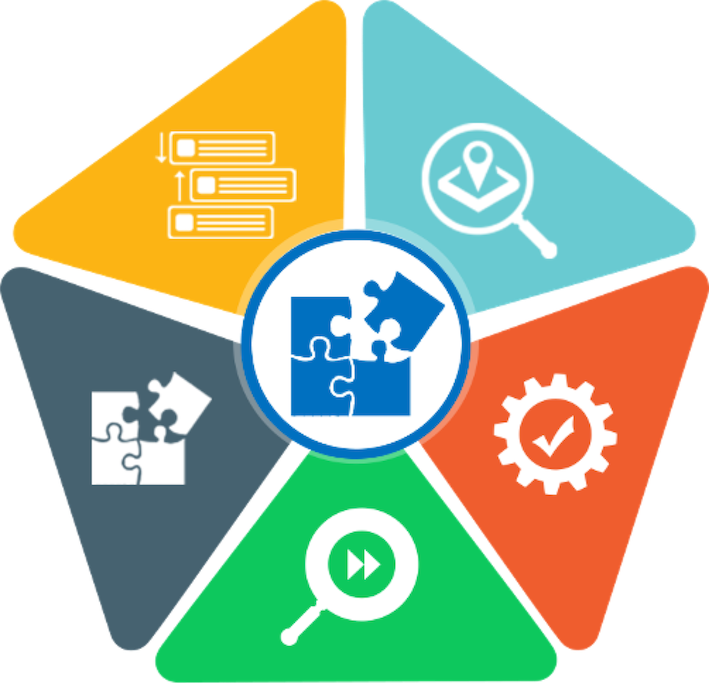
What do you need?
There are no pre-requisites for this course. There is no need for any prior experience, working knowledge or awareness of software development or projects experience. The course is suitable for experienced professionals working in the industry or academia, aspirants and early stage professionals, as well as students in universities and colleges. Professionals and aspirants from technology, business, operations or sales are all welcome to explore and understand the agile methodologies alongside their concepts and principles.
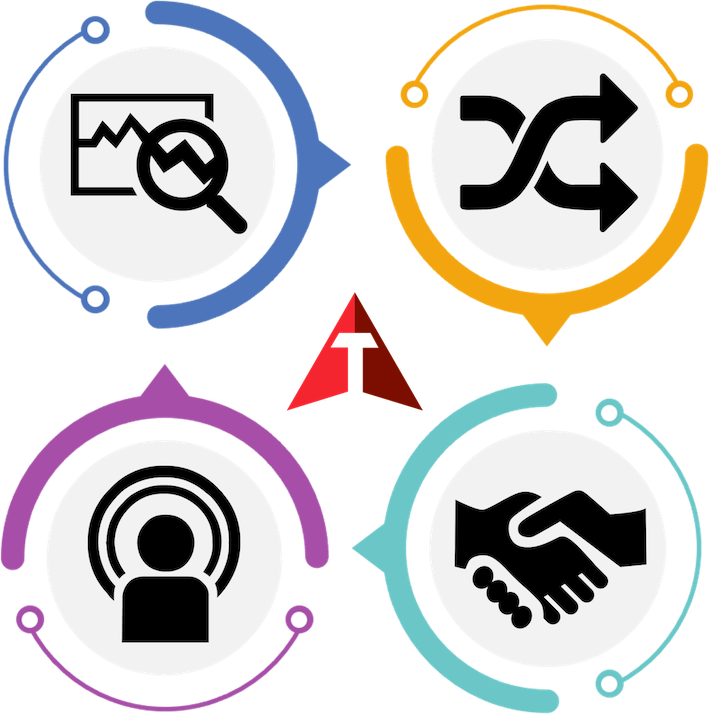
WHAT'S INCLUDED?
- 24×7 access to TEXAVI’s high quality course content
- Practical insights from real life IT projects
- Course completion certificate
- Case studies, examples and illustrations
- Interactive quizzes and challenges
- Job aids, resources and tools
- Access to TEXAVI’s collaborative digital platform
Why Texavi?
-
TEXAVI is a proven leader in delivering non-coding IT learning, worldwide
-
We are not just trainers, but practising IT professionals with 25+ years of work exp
-
Our courses get you job-ready with practical and real-time insights
-
Qualify for certificates upon completion and complete our assessments
-
Pave way for industry-recognised certifications
-
Access to treasure of Texavi’s high-quality, content-rich resources and materials
-
Get discount voucher to our popular courses on Udemy
-
24×7 access to Texavi’s interactive platform with personalised content
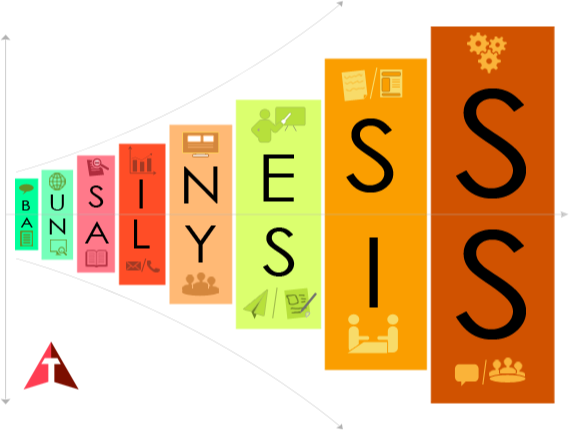
Sample Course Video
TEXAVI Tests
Test Your Knowledge

Take the Texavi Tests and challenge yourself, simply click the below links and start the interactive quiz…
- Quiz on Business Analysis Concepts As Per BCS
- Quiz on Business Analysis As Per IIBA’s BABOK
- Quiz on Business Analysis Planning and Monitoring – Assessment Quiz 1
- Quiz on Planning and Monitoring Business Analysis – Assessment Quiz 2
- Quiz on Why Business Analysis? Rationale and Value-add of BA
- Quiz on Roles and Responsibilities of Business Analyst
- Quiz on Assess Solution Limitations & Recommend Actions
- Quiz on Requirements Analysis – Design Definition & Solution Recommendation
- Quiz on Measure & Assess Solution Performance
- Quiz on Requirements Analysis – Validation and Architecture Definition
- Quiz on Requirements Analysis – Specify, Model and Verify Requirements
- Quiz on Strategy Analysis – Risk Assessment and Change Strategy
- Quiz on Strategy Analysis – Definition of Current and Future States
- Quiz on Requirements Assessment, Approval and Management
- Quiz on Requirements Traceability and Management
- Quiz on Elicitation and Collaborating with Stakeholders – Assessment Quiz 1
- Quiz on Elicitation and Stakeholder Collaboration: Methods and Techniques – Assessment Quiz 2
- Quiz on Elicitation and Stakeholder Collaboration: Communication and Management – Assessment Quiz 3
- Quiz on Business Analyst’s Resources, Sources and References
- Quiz on techniques, tools and resources for business analysis
- Quiz on Practical Business Analysis – Essential Aspects
Trainer Profile

Your trainer for this course is Pardha Saradhi Mantravadi. Pardha is a seasoned and well-qualified trainer, coach, mentor, influencer and thought leader. He has rich and varied IT-industry experience of 25 years, working in working in different roles as a Business Analysis professional with blue-chip organisations viz., HSBC, Deutsche Bank, Dyson, Asda, Cambridge University Press, Roche, King’s College London , Royal Society of Chemistry etc. Pardha delivers his training sessions by blending the concepts and principles with practical insights from real-life projects and programs…click here to view the complete trainer profile
Reviews
“The delivery was consistent, thoughtful and measured. Texavi’s masterclass worked well for me.”
– Louise Caldwell, OMT Group
“I enjoyed the bootcamp and found it very inspiring. I found your description of digital transformation very useful and I liked the examples that were given about successful digital businesses.”
– Dr. Carrie Mowatt, Royal Society of Chemistry
“What I like most about Pardha is the way he easily blends empathy for users within day-to-day software development tasks. This mix of vision and execution is rare and powerful.”
– Sarbajit Sen, Steelwedge Software
“Recently Texavi conducted a workshop on Agile methodologies. The trainer’s knowledge on Agile methodology has its roots grounded in experience.”
– Tazeen Sheikh, Mastek
” The trainer is very well-informed. I learnt a lot of background to digital transformation and artificial intelligence and how businesses can use them.”
– Robert Bowles, RSC
“I attended Texavi’s training on Agile Business Analysis and had a lot of takeaways from the session. Pardha’s effective presentation skills supported with context you can relate to, makes the entire experience exhilarating.”
– Abhijeet Majumdar, Zensar Technologies
“The workshop was quite interesting. I found the exercises we did particularly valuable, as it was useful to discuss with the others present, and to then feedback to the wider group.”
– Holly Sheahan, Cambridge Partners
“Excellent speaker, very knowledgeable. Lovely manner and gentle approach.”
– Linda Clifford, Marketing Success
“Texavi has delivered a fantastic product which was above expectations. The ISBE DataHub will support operational and strategic efforts, at the same time reducing the burden of work for staff at KCL.”
– Christine Manoharan, King’s College London
“The workshop was quite interesting, liked the practical and interactive parts. Texavi’s Digital Business Maturity Model is really helpful and necessary for success.”
– Julio C Garcia, Creanto
“The trainer, Pardha is professional yet very friendly, made everyone feel welcome.”
– Chantal Gilbert, BusyBee Consulting
Related Courses
Career and Profession of Business Analysis
Skills and Competencies of a Business Analyst
Practices and Methods in Business Analysis
Techniques and Tools of a Business Analyst
Product Scoping and Prioritisation
Software Estimation – Practices and Techniques
Vision and Roadmap in Product Development
IIBA Entry Certificate in Business Analysis (ECBA) Certification
IIBA Certified Business Analysis Professional (CBAP) Certification
IIBA Certification of Capability in Business Analysis (CCBA) Certification
Texavi Toolkit
TEXAVI white paper on building your career as a business analyst
Texavi blogpost on Realm and reach of New-age Business Analyst, Product Owner
Top tips for the new-age, tech-savvy business analyst
Texavi article on why once an analyst, always an analyst
Post on the digital, agile and social business analysis professional
Texavi post on BA moving beyond writing requirements
Mind the gap! Texavi’s post on tips for good product management
Leader. Architect. Soldier. Team Player – the many facets of business analyst
Get the right skills and competencies – the core building blocks for a business analyst
Why new-age, digital and agile business analysis isn’t all about managing requirements
